Easy to make up and set, closed terrariums are a great addition to your home. They create a full-fledged ecosystem, nurturing the ideal conditions of humidity and warmth that your plant will love.
However, choosing plants for your terrarium ideas is not an easy task. If you have a corporate job and have hectic work schedules, prefer slower-growing plants that remain small and are low maintenance with small lighting requirements.
Always remember to group similar plants with identical tolerances to light and humidity. If you keep these plants in the right spot, you won’t need to water them often and, the light will take care of moisture control. Check the top 11 plants for closed terrariums from our list below.
Baby’s Tear (Helxine Soleirolii)
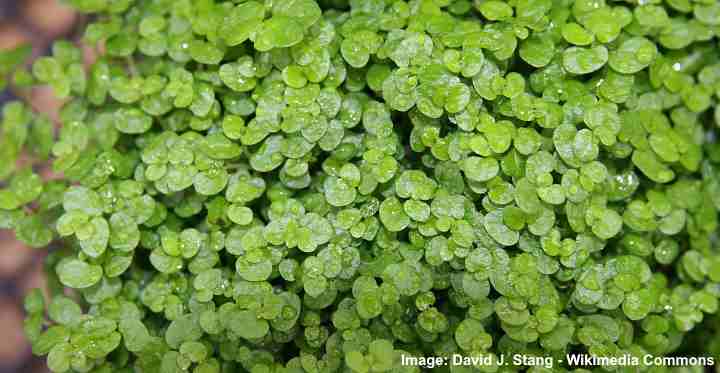
Also known as the Corsican curse, Corsican carpet plant, and Irish moss, this plant is a medium growing, low maintenance plant that is ideal, even for bottle terrariums. A member of the Uritacacae group, a fully grown plant, would be about 6-inches tall. With its peak foliage, it drapes around the terrarium and works well with ground covers, too.
The natural love for humidity makes the plant suitable for your closed terrarium ideas. It thrives well in a moderate setting with moderate sunlight. Although the baby’s tear plant loves humidity, it also needs ventilation periodically. So, if added to a bottle terrarium, remember to open it for at least 20 minutes once a week.
Peperomias
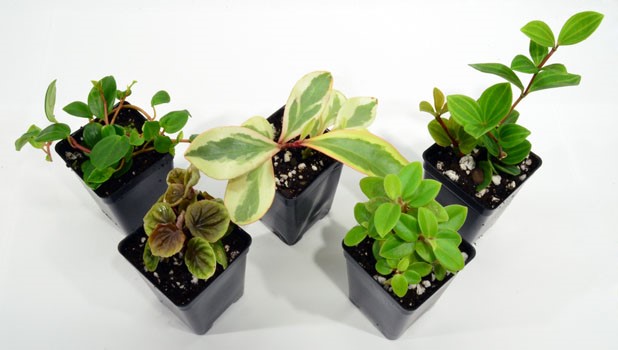
These tiny plants offer variations in size, shape, and colors to provide a tiered plantation for a closed terrarium. In Central and South America, these plants grow naturally on rotten wood. A fully grown peperomia is about 11 inches tall and has a thick and fleshy leaf. Hence, this plant requires full shade, making it ideal for your terrarium ideas.
Of the four genera of classification, the emerald peperomia (Peperomia Caperta) has heart-shaped, natural green ripples that allow variety in its height of 3-6 inches. The oval leaf peperomia (Peperomia Obtusifolia) has cupped leaves that fit the bright appearances of closed terrariums. Another variation of the cupped variety, the watermelon peperomia (Peperomia Argyreia), grows about 8-inches tall and feature silver stripes.
Golden Clubmoss (Selaginella Kraussiana)
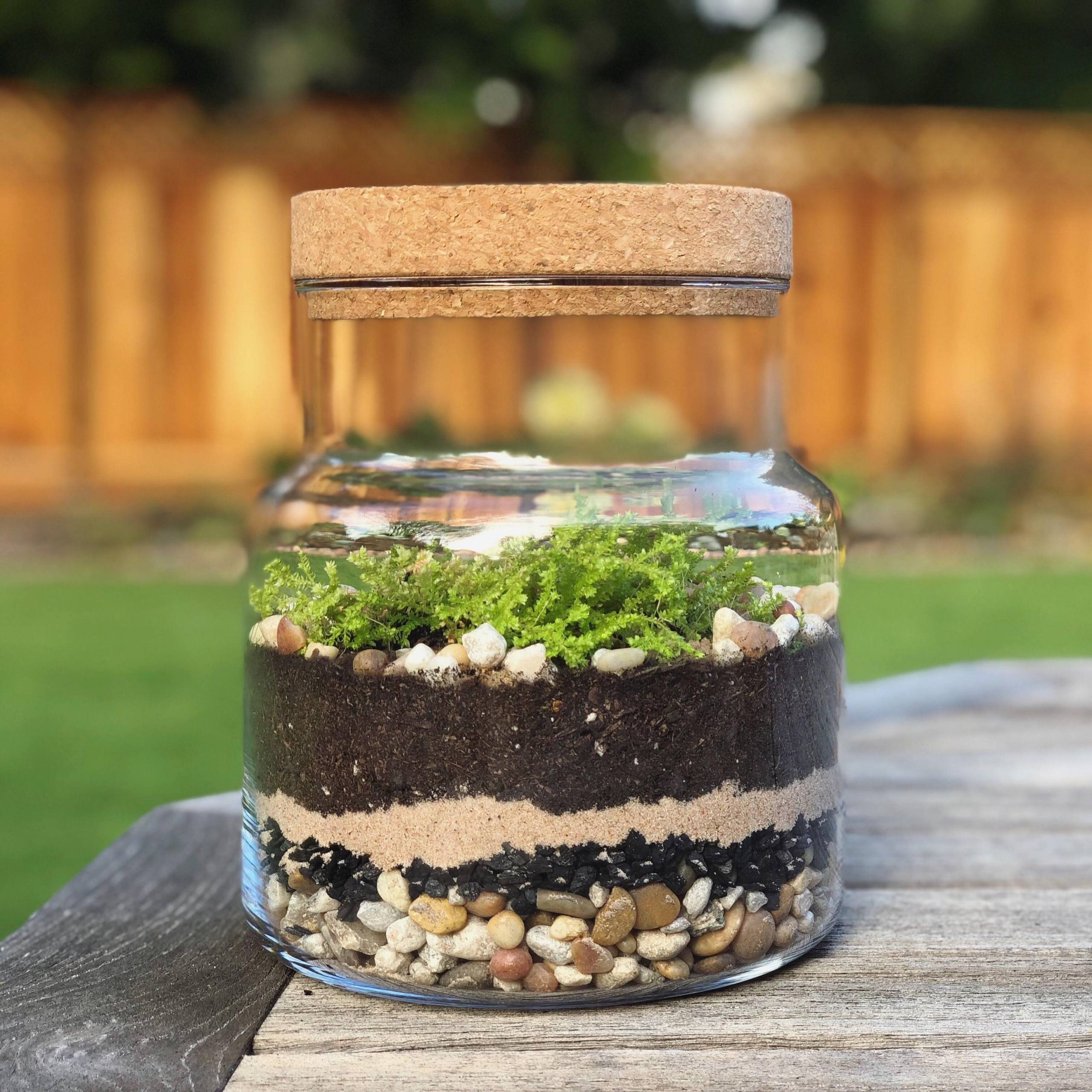
Though it is a suitable carpeting option for terrariums, this golden-tipped plant grows irregularly. It can either exhibit vigorous growth that is difficult to maintain or portray stunted growth. This plant loves passive lighting and will dry up in the full sun. This plant loves a closed terrarium with warmth and relative humidity, with a substrate that retains water. However, it requires occasional pruning and, negligence will cause it to overgrow in a terrarium.
Nerve Plant (Fittonia Albivensis)
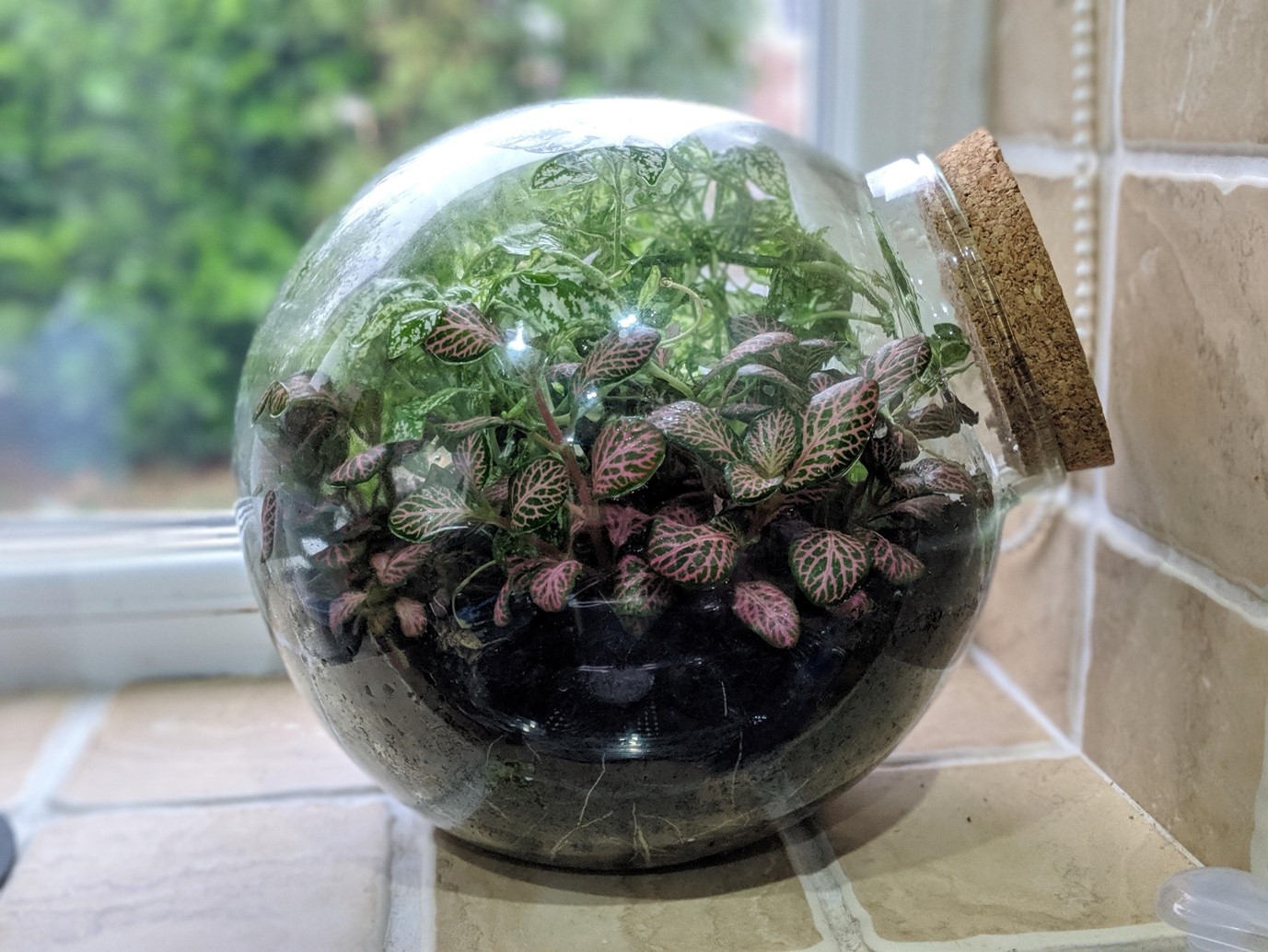
Also known as fittonias, mosaic plants, and painted net leaves, these green foliage plants enjoy the warmth, high temperatures, high humidity, and indirect light. They cope up with containers, narrow spouted vases, and bottles for closed terrariums. The nerve plant requires a well-draining substrate with moderate water retention that doesn’t let its roots rot. For nerve plants, you can even use compacted soil pellet aquarium soil.
Though the stiff plant will support itself, one needs to dig a small hole for its shallow roots. However, this plant grows fast and will need pruning to prevent its giant bush. Moreover, you can also club contrasting fittonias for a tiered plantation in your terrarium.
Polka Dot Plants (Hypoestes Phyllostachya)
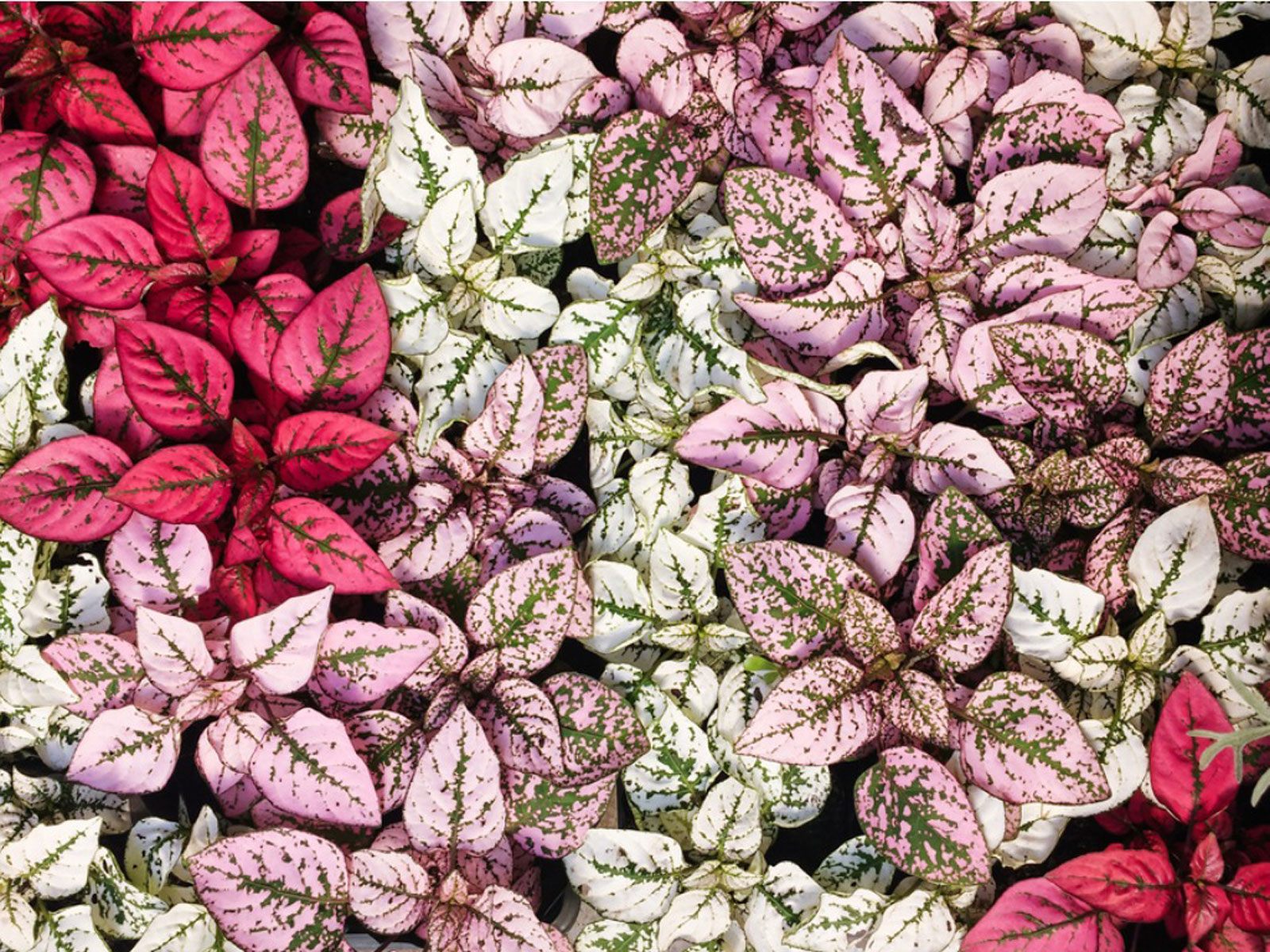
These tropical plants do not grow tall and have a slower growth rate. They thrive in humidity, and thus, are great for closed terrariums. They splash color with their pink, white and red patches. Though perennial, pruning of these plants is a must to prevent soggy stems.
They are commonly known as Pink Splash, Confetti Blush, Camina, and White Splash, which hints at their leaf colors. Low light, moderate humidity, well-drained but moist soil is what keeps the plant healthy and fresh for your terrarium ideas.
Pilea

Low light, warmth, and moist soil! That’s what a pilea needs to grow well. These ideal conditions of a closed terrarium help enjoy the various shades of the plant, though with occasional pruning. Moreover, there are four species of pilea, from which you can choose.
- Friendship Plant (p. Involucrata): Though a little bushy, this plant favors moist soils and high humidity, perfect for closed terrariums.
- Aluminum plant (p. cadierei): This short, green-leaved plant does not grow more than 30cm tall, and thus, is ideal for closed terrariums.
- Pilea Baby tears (p. Depressa): Though small and trailed, this lush foliage with a preference for humidity brightens up your terrarium.
- Microphylla: With delicate and fleshy stems and a short height, this fern-like plant makes a great addition to your terrarium.
Spiderwort (Tradescantia Virginiana)
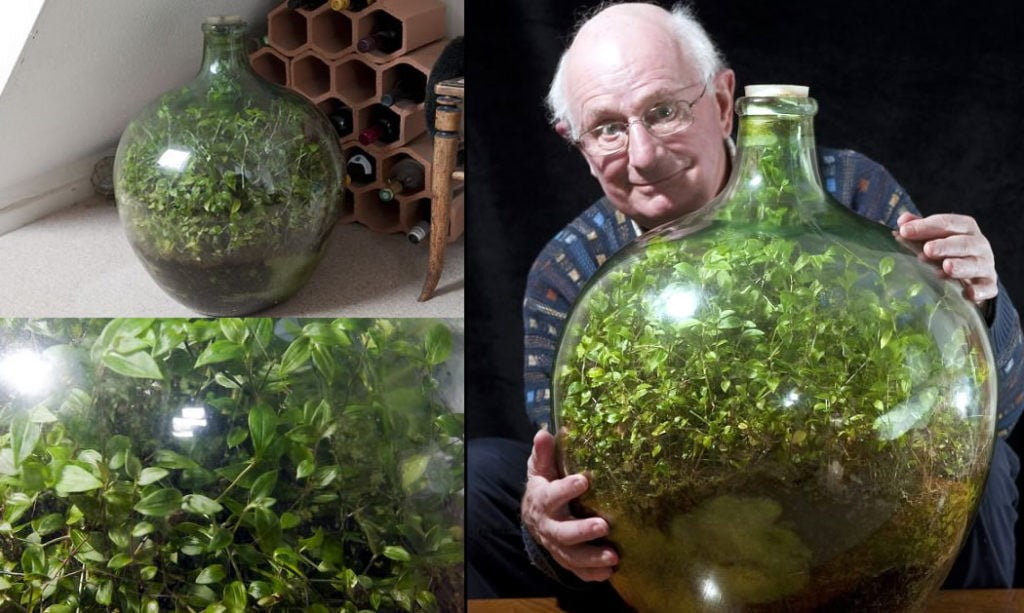
Did you hear about the sealed bottled garden? Well, that’s a spiderwort plant for you. An herbaceous plant that loves the humidity of closed terrariums, its bright green shades bring in monotony.
It grows about a foot tall and spreads to 2.3 feet and thus, requires a large jar for the terrarium. Moreover, spiderwort needs excellent acidic potting with soil, chalk, loamy and moist soils. Depending on the species selected, spiderwort produces white, pink, and purple blooms throughout the year.
The Creeping Fig (Ficus Pumila)
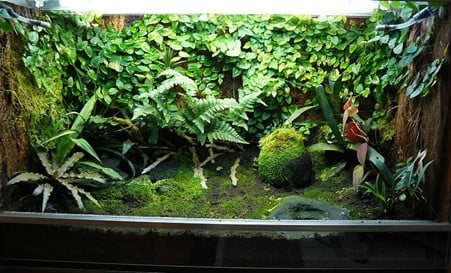
Loving, warm, and humid environments and portraying small thick leaves, the creeping fig explores various greens, patterns, and textures. Though invasive, easy maintenance makes it a suitable alternative for both small and large terrariums.
Though it is a low-light plant, it prefers bright indirect light from windows. While planting in a closed terrarium, add mosses and coco coir for good water retention. However, it grows fast, and expects a creeping carpet before anything else. Thus, a periodic trimming session is essential for the plant.
Earth Star (Cryptanthus)
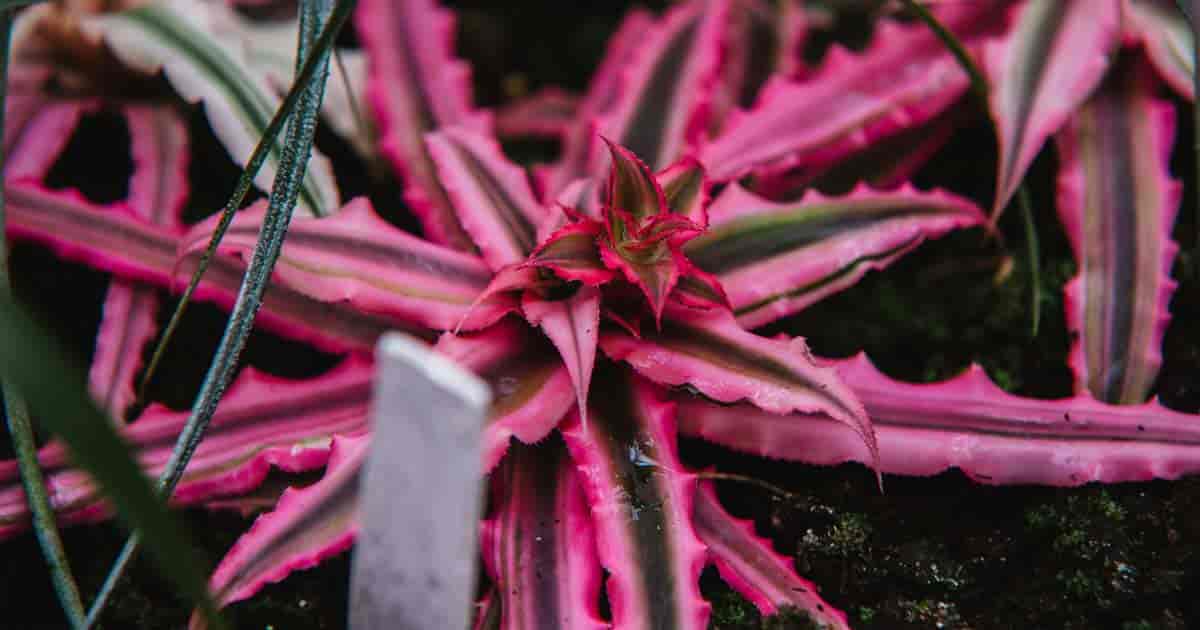
This slow-growing plant has a peculiar shape for a distinguished terrarium and does not grow tall. It has star-shaped ragged lanceolate leaves that prefer humid conditions. It likes loose, good quality, deep soil in a terrarium, and a commercial violet potting mix proves suitable.
- FOR USE This potting soil mix can be used for all African Violets and indoor flowering houseplants.
- WHEN TO USE: Any time planting violets, whether starting a new violet or transplanting into a larger...
- CONTAINS: This organic potting soil mix for Violets is a rich blend of sphagnum peat moss, humus,...
- ORGANIC GARDENING: Contains a rich blend of only the finest natural ingredients. No synthetic plant...
- MADE IN THE USA: Product of the Espoma Company. The leader in natural organics since 1929.
Remember to be a little picky about the fertilizer, as too much fertilizer will outgrow the plant from the terrarium. You can work with apothecary and jar planters for an earth star terrarium. Moreover, open the lid a little every week to ensure air circulation and root dryness.
Spider plant (Chlorophytum Comosum)
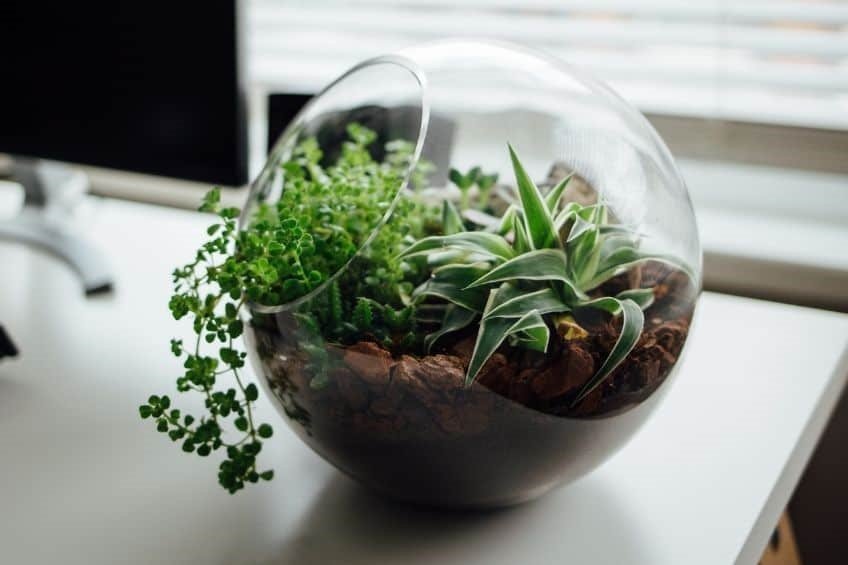
The spider plant loves humidity and accounts for extremely little to zero maintenance. Though it prefers bright indirect lighting, it can tolerate low lighting too. Although it loves nearly dry soils, it can manage with moisture too. Thus, the plant is easy to handle. However, ensure good drainage as you do not want rotting roots.
The Variegatum Cultivar, a miniature version of the spider plant, is suitable for a closed terrarium. However, keep an eye on the new sprouts and prune them immediately.
Spike Mosses (Selaginellas)
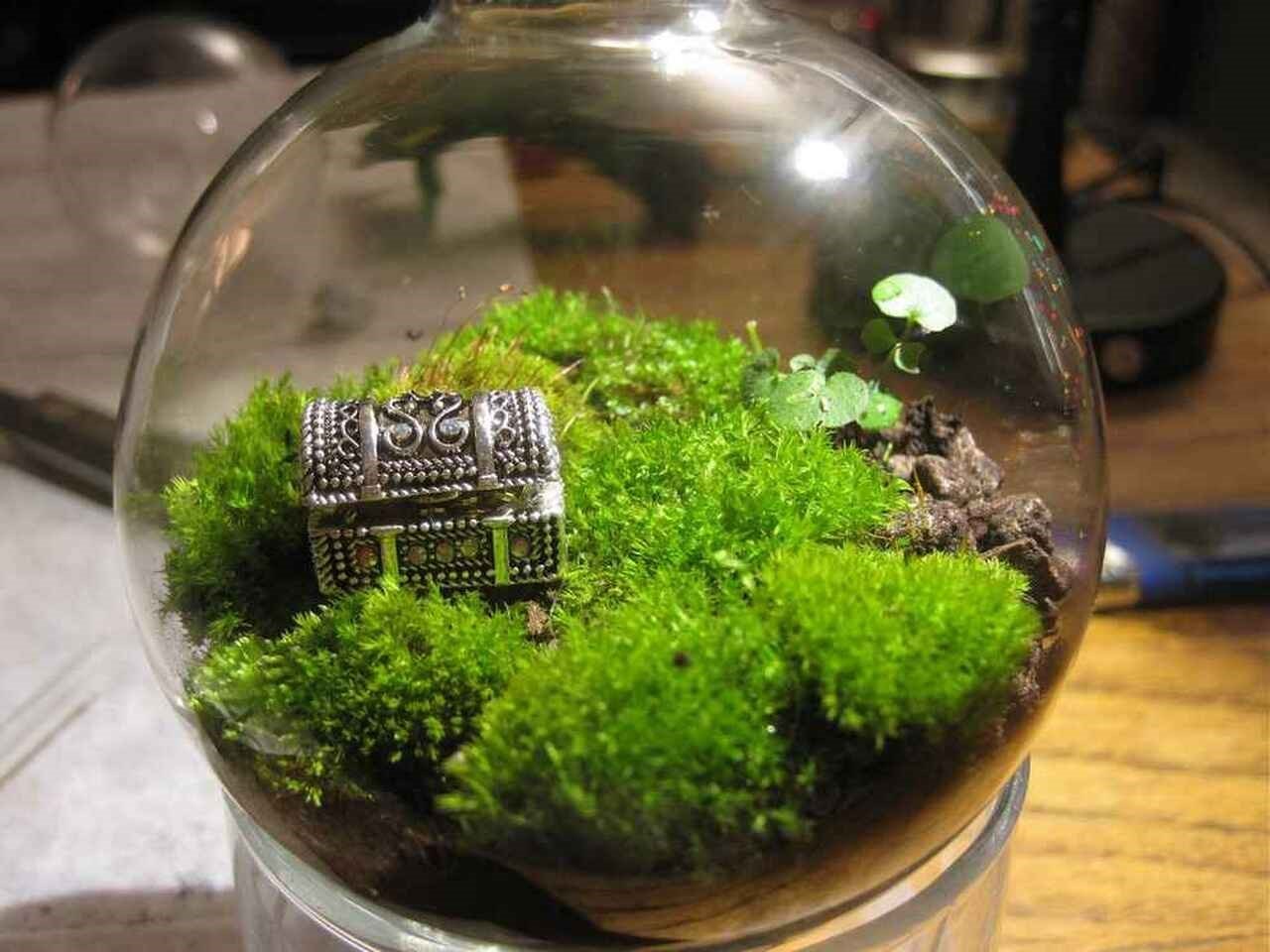
They are warmth and humidity-loving plants that function well as groundcovers. Moreover, these plants depict differences in colors, patterns, and textures. They thrive the best in partial to full shade. However, like ferns, they produce spores, and thus, the glass cover may require occasional cleaning.
Choosing the right plant for the terrarium is indeed confusing. But, with introspection, you can give justice to your terrarium ideas.

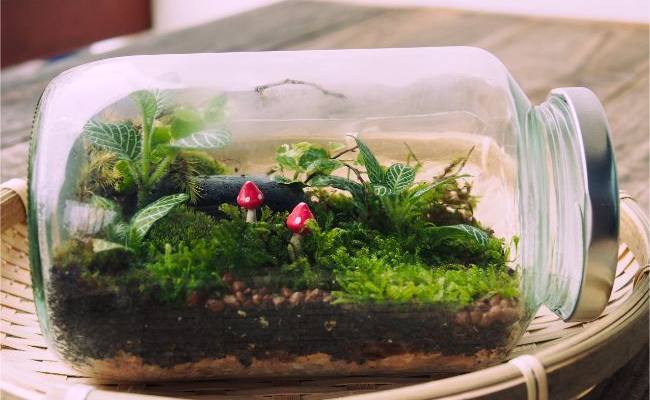

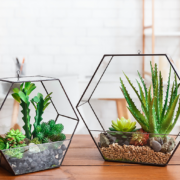
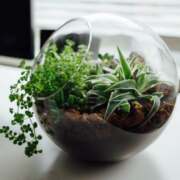
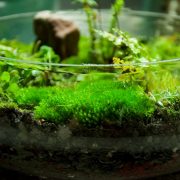

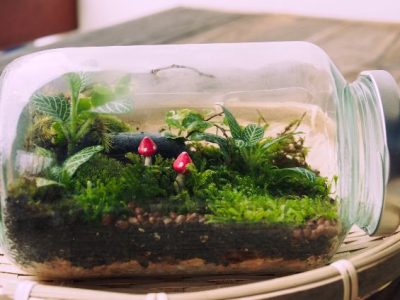
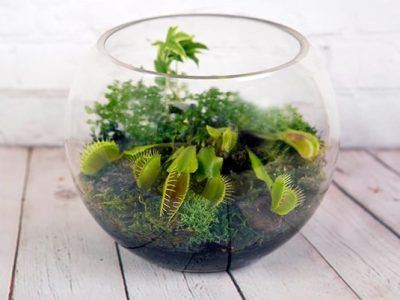
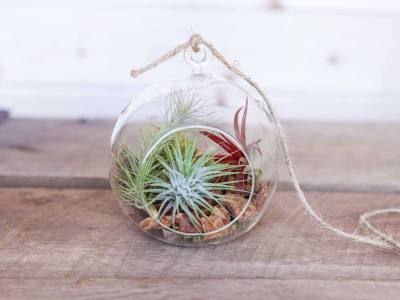
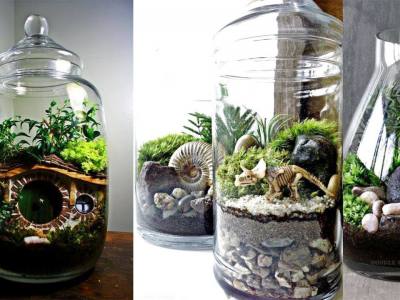
Comments